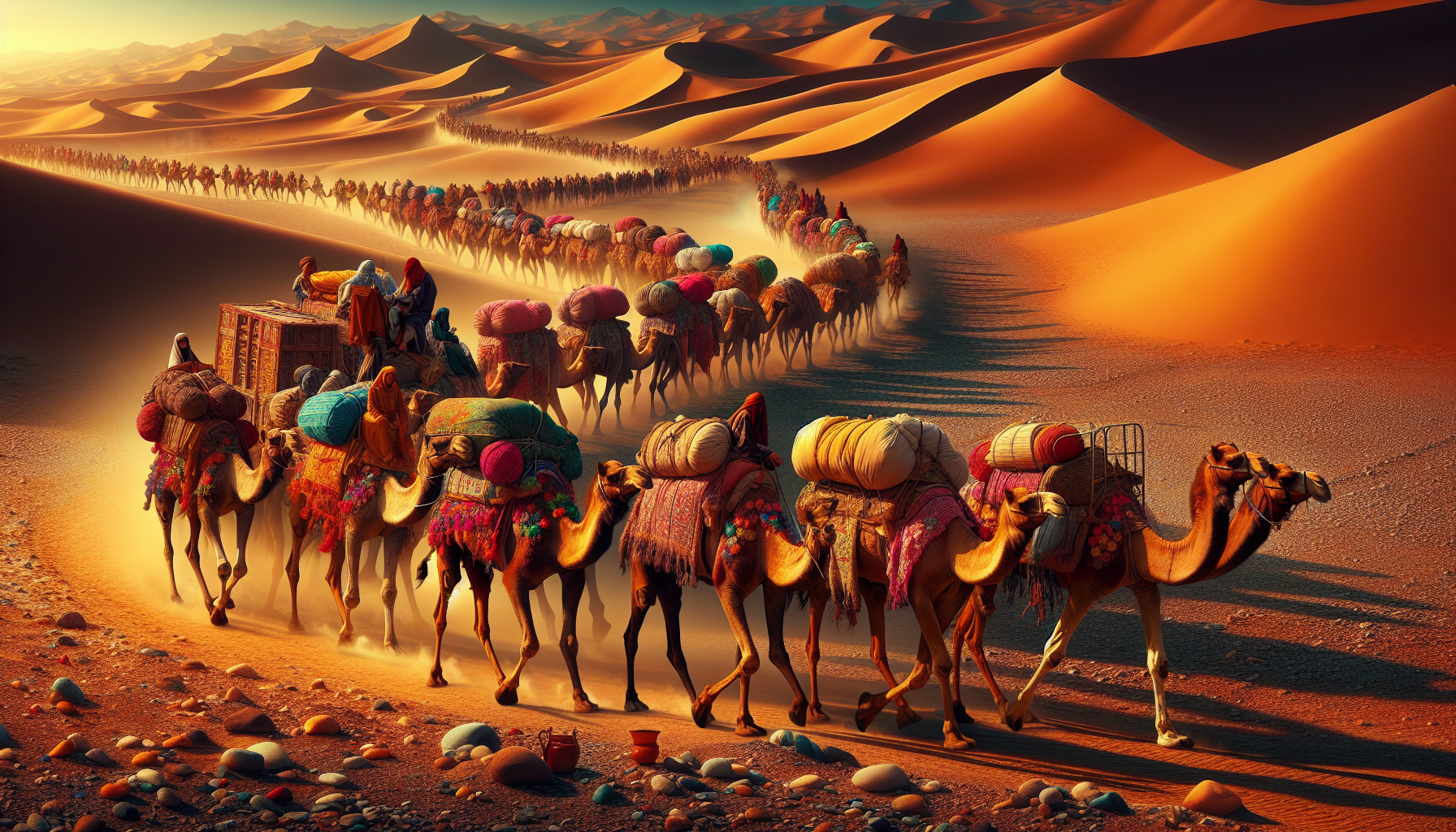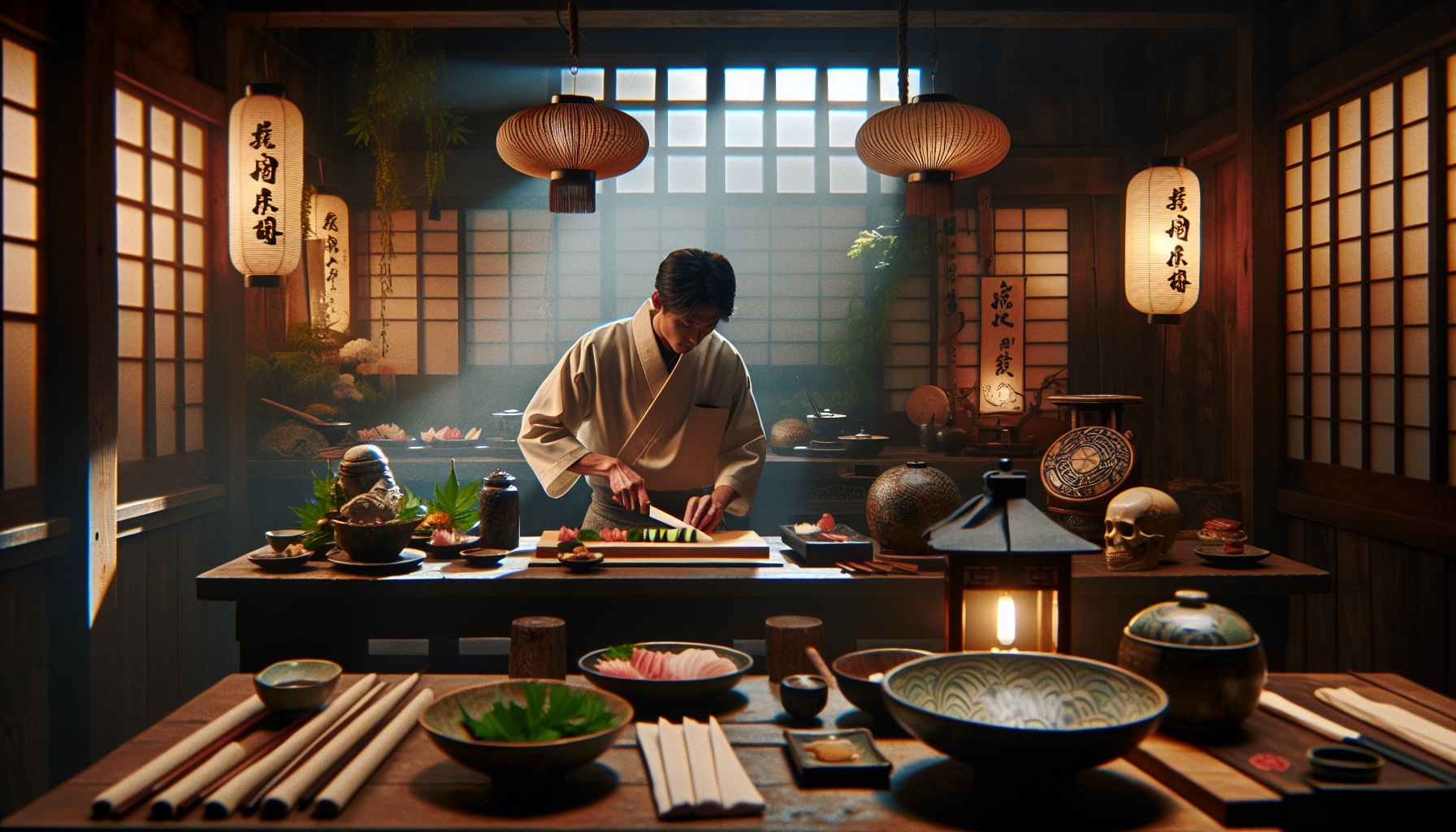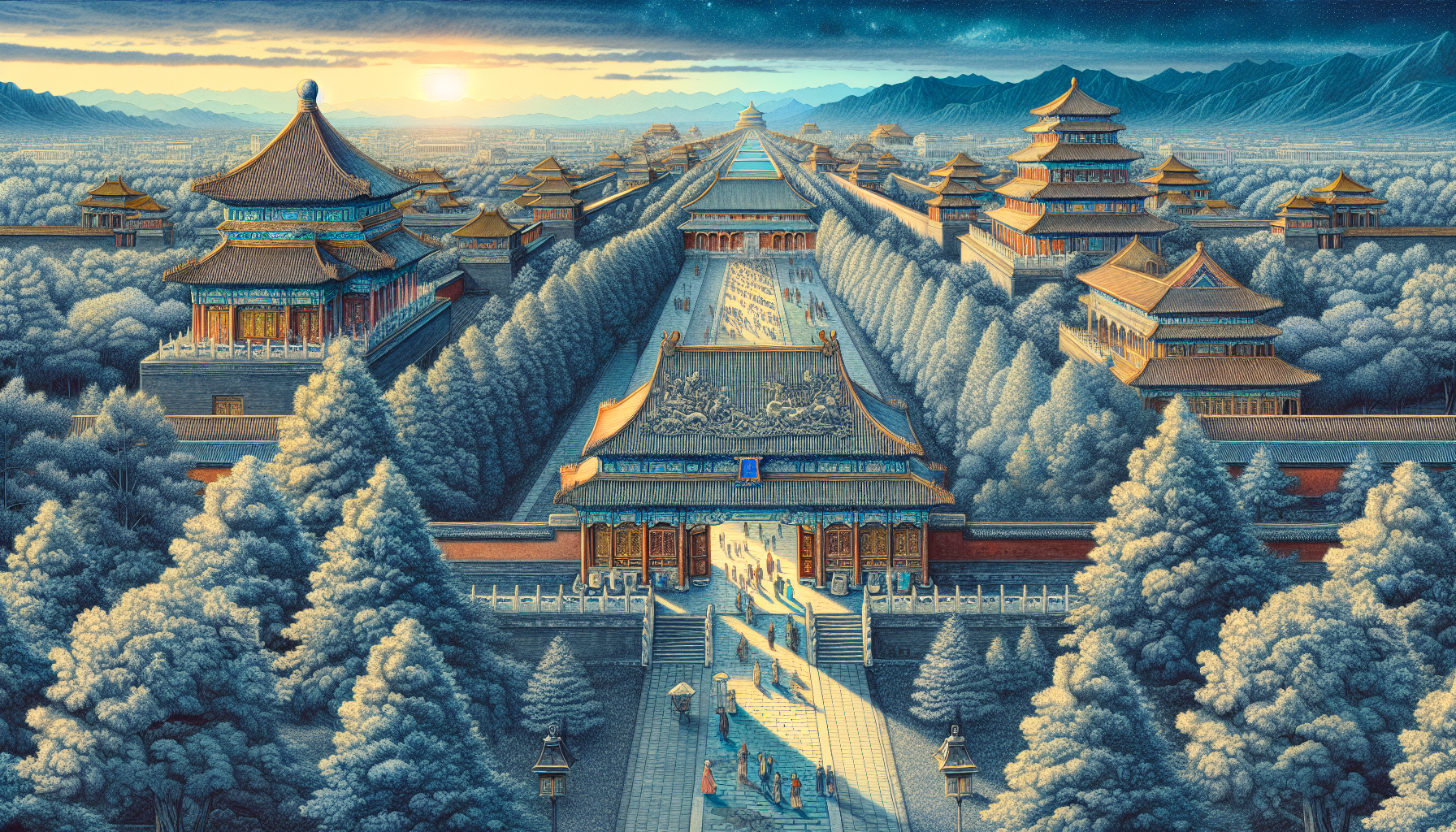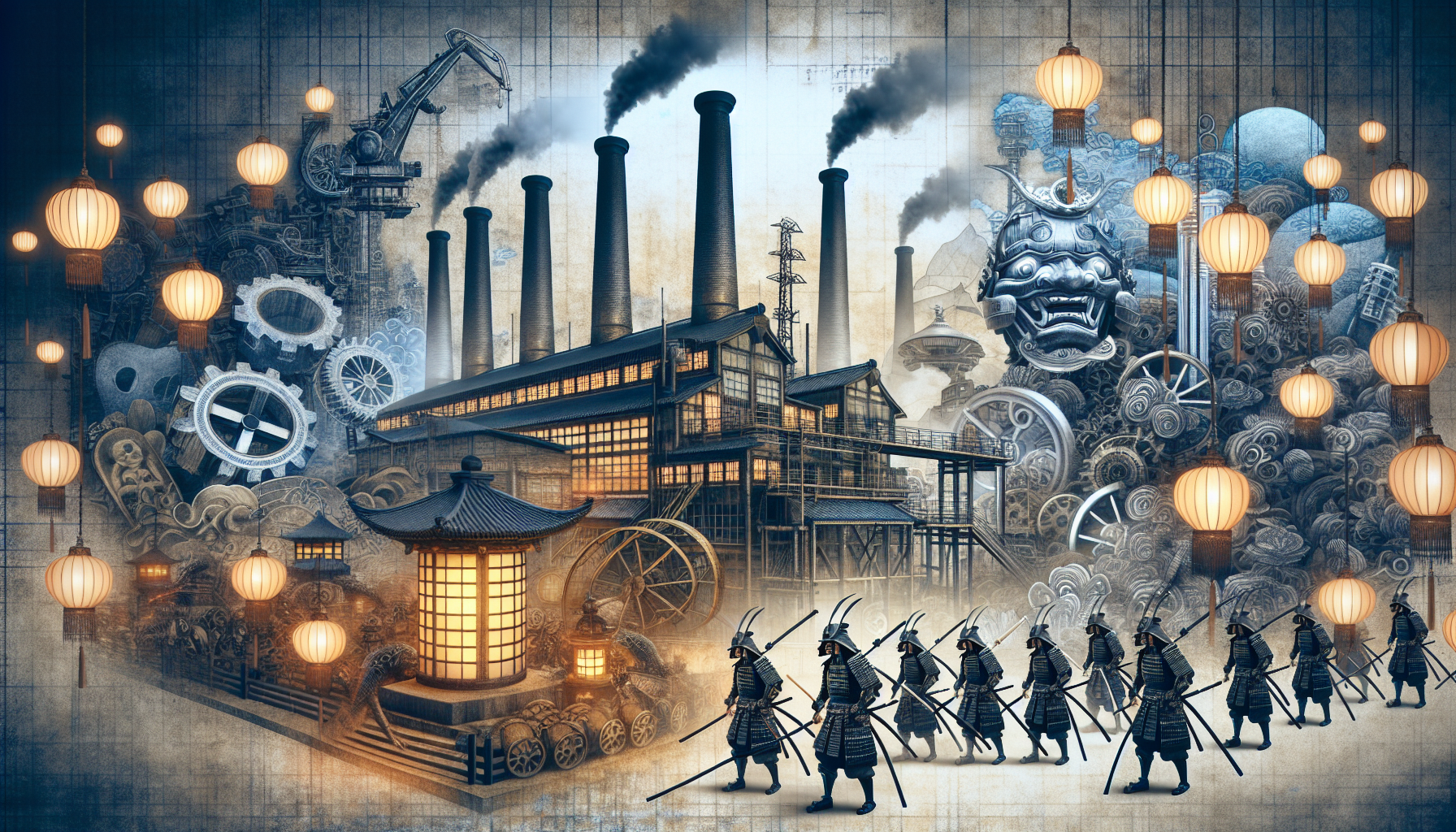Advertisements
In the distant past, the Silk Road was much more than just a trade route connecting East and West. It was a route for exchanging not only goods, but also ideas, cultures, and knowledge. In this article, we will embark on a fascinating journey through the history and culture surrounding this ancient route.
Over the centuries, the Silk Road was responsible for connecting civilizations as diverse as the Chinese, Persian, Indian and Roman. Through it, goods such as silk, spices, porcelain and jewelry were exchanged between peoples, creating a true cultural exchange that influenced the art, architecture and even the cuisine of these regions.
But the Silk Road also played an important role in the dissemination of ideas and knowledge. It was through the Silk Road that Buddhism spread from India to China, Greek medicine was introduced to Persia, and Indian mathematics reached the Arab world. This exchange of knowledge contributed to the intellectual and scientific development of civilizations along the route.
Advertisements
The Silk Road was also the scene of encounters and misunderstandings, wars and alliances, stories of love and betrayal. Travelers, merchants and explorers set out on its dusty trails in search of fortune, fame or simply new experiences. These fascinating stories are an essential part of the legacy left by this legendary route.
Therefore, unraveling the secrets of the Silk Road means diving into a universe rich in stories, myths and legends that have shaped not only the past, but also the present. In this article, we will explore the main points along this route and discover how this ancient route continues to amaze and inspire us today. Get ready for an unforgettable journey through the history and culture that united East and West through the legendary Silk Road.
Exploring the Silk Road
The Silk Road was one of the most important trade routes in history, connecting the East and the West for thousands of kilometers. This route was not only a route for the trade of goods, but also a means of cultural, technological and religious exchange between the peoples who inhabited the regions through which it passed.
The Origins of the Silk Road
The Silk Road originated around the 2nd century BC, during the Han Dynasty in China, when Emperor Wu Di sent emissaries in search of political and commercial allies in Central Asia. These emissaries brought back information about the riches and goods available in the regions beyond China's borders, beginning a network of trade routes that would span centuries.
Advertisements
The Secrets of the Silk Road
Along the Silk Road, camel caravans transported silk, spices, jewelry, ceramics, and other valuable goods from one place to another. These goods were exchanged between peoples along the way, resulting in an intense cultural exchange that influenced the art, architecture, religion, and cuisine of the regions involved.
- The Silk Road was made up of several different routes, which branched off in different directions, connecting China to India, Persia, Central Asia and even the Mediterranean.
- Cities along the Silk Road became thriving commercial and cultural centers, where merchants, travelers, and explorers met to trade and exchange information.
- In addition to the trade of goods, the Silk Road also facilitated the exchange of knowledge and technologies, such as silk production techniques, traditional Chinese medicine and book printing.
The Cultural Wealth of the Silk Road
The Silk Road not only boosted trade and the economy of the regions it connected, but also enriched the culture and history of these peoples. The exchange of ideas, beliefs and cultural practices along the route contributed to the diversity and richness of the Eastern and Western civilizations that were linked to it.

The Silk Road’s influence extends beyond its historical impact, remaining relevant in the contemporary global context. This network of trade routes connecting East and West not only facilitated the trade of precious goods such as silk, spices and gemstones, but also fostered profound cultural and intellectual exchange. For centuries, the Silk Road was a conduit for knowledge, philosophies, religions and innovations such as the compass and papermaking, which shaped the development of civilizations around the world.
Today, trade and cultural exchanges between the countries that once formed the Silk Road continue to flourish. China’s Belt and Road Initiative, for example, seeks to revitalize this ancient route by promoting infrastructure investment and strengthening economic and cultural ties between nations in Asia, Europe and beyond. In addition, the Silk Road continues to inspire cultural exchanges, such as festivals, art exhibitions and academic collaborations that seek to deepen understanding between different peoples and traditions.
Thus, the Silk Road, more than a historical landmark, establishes itself as a symbol of intercultural collaboration and globalization, reinforcing the importance of learning from the diverse cultures that make up our interconnected and diverse world.
Conclusion
In conclusion, unlocking the secrets of the Silk Road reveals not only a network of trade routes, but also an intricate web of cultural, technological and religious exchanges that linked East and West over the centuries. The origins of the Silk Road date back to the Han dynasty in China, with emissaries seeking political and commercial allies in Central Asia, beginning one of the most important trade routes in history. The trade of silk, spices, jewels and ceramics between the various routes that made up the Silk Road boosted not only the economy, but also the exchange of knowledge and technology.
The cities along the Silk Road became thriving centers of trade and culture, where merchants, travelers, and explorers met to trade and exchange information. In addition, the exchange of ideas and cultural practices enriched the diversity and history of the Eastern and Western civilizations involved. Thus, exploring the Silk Road is to immerse yourself in a journey through the history and culture that shaped the societies that were connected to it, leaving a lasting legacy of exchange and mutual enrichment.




